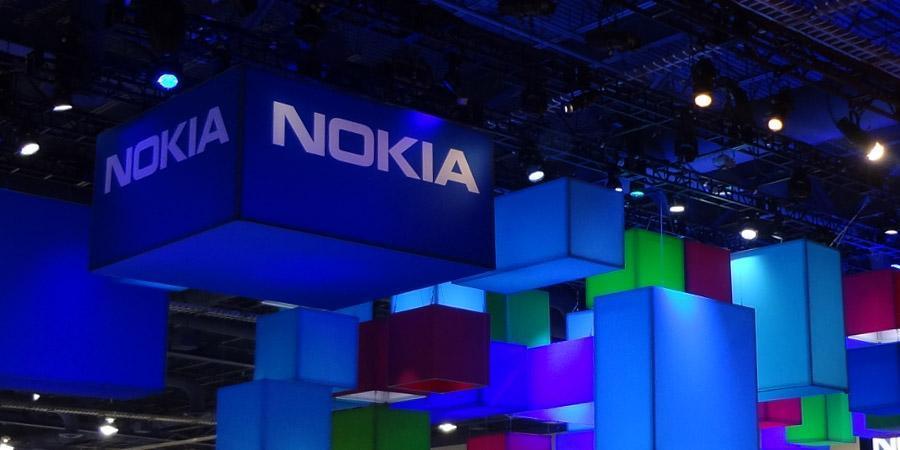Nokia has announced a significant industry breakthrough in the effort to better support mobile fronthaul and latency sensitive services. In a world-first, Nokia Bell Labs showed it is now possible to use a commercial next generation PON (NG-PON) to transport ultra-low latency CPRI streams via a standard single fiber running between the Baseband Unit (BBU) and the Remote Radio Head (RRH). The proof-of concept demonstration was done in accordance with the latency budget requirements for the fronthaul of commercial radio equipment, showing that existing fiber networks can be used to cost-efficiently transport mobile traffic and help accelerate 5G.
Fronthaul is an essential element of the C-RAN (Centralized Radio Access Network) architecture in mobile networks, where the processing power is centralized and moved away from the cell sites. This can help operators reduce the cost and power consumption of their on-site installations along with ease cell cooperation schemes that help enhance mobile network capacity and coverage. In a C-RAN architecture, the legacy Common Public Radio Interfaces (CPRI) and some of the next generation fronthaul interfaces require ultra-low latency transport - often in the sub-millisecond range - to meet the strict timing and synchronization requirements of 4G and 5G technologies.
Nokia Bell Labs validated that the use of next generation PON technology XGS-PON (X=10, G=Gigabit, S-PON=symmetrical Passive Optical Network) technology would satisfy these strict timing constraints and deliver the capacity needed while reducing the cost of mobile cell site transport. XGS-PON runs on existing fiber access networks and allows operators to use GPON platforms and technology to deliver high capacity services. This is important for operators who increasingly need to support anyhaul applications. No longer requiring a separate network, operators can now use existing passive optical networks used in Fiber-to-the-home or Building (FTTH/FTTB) deployments to quickly and cost-effectively gain the performance and coverage they require to handle the mobile transport of their densifying cell sites.
Peter Vetter, head of Access Research at Nokia Bell Labs, said: "This is an important milestone in the industry and in the advancement of 5G, showing for the first time how a PON network can effectively be used to support very high capacity, low latency applications. It demonstrates the flexibility of PON to support traditional CPRI and evolving mobile specifications, such as fronthaul over simpler native Ethernets, and validates the readiness of PON for the 5G era."
Federico Guillén, president of Nokia's Fixed Networks business group, said: "I've often said that the world is going wireless, but wireless is going fixed. This Bell Labs demonstration is another example, successfully showing how fixed access technologies can be used to support mobile deployments. Mobile environments that may have traditionally relied on dedicated transport networks to connect cell sites to their core networks can now use existing fiber access networks as an alternative. The massive scale, capacity and coverage of fiber access networks make them a perfect match to support 5G."
In addition to mobile transport applications, passive optical networks are also becoming an attractive option for operators looking to support latency sensitive services and IoT applications such as manufacturing control and connected vehicles.
This technology breakthrough helps ensure mobile service providers on the path to 5G are well prepared and further expands Nokia's Anyhaul mobile transport solutions while strengthening its portfolio of converged access networks for fixed and mobile services.









